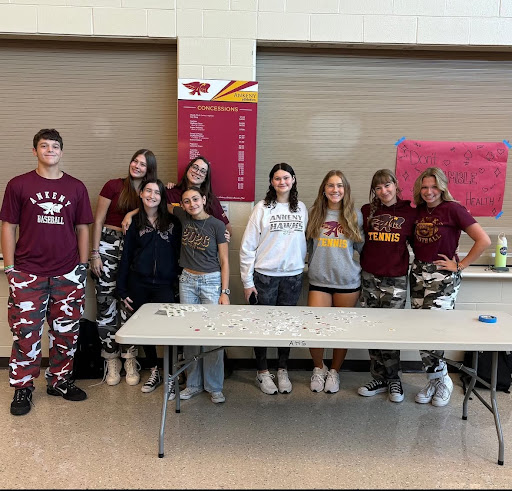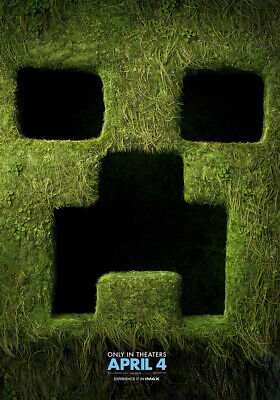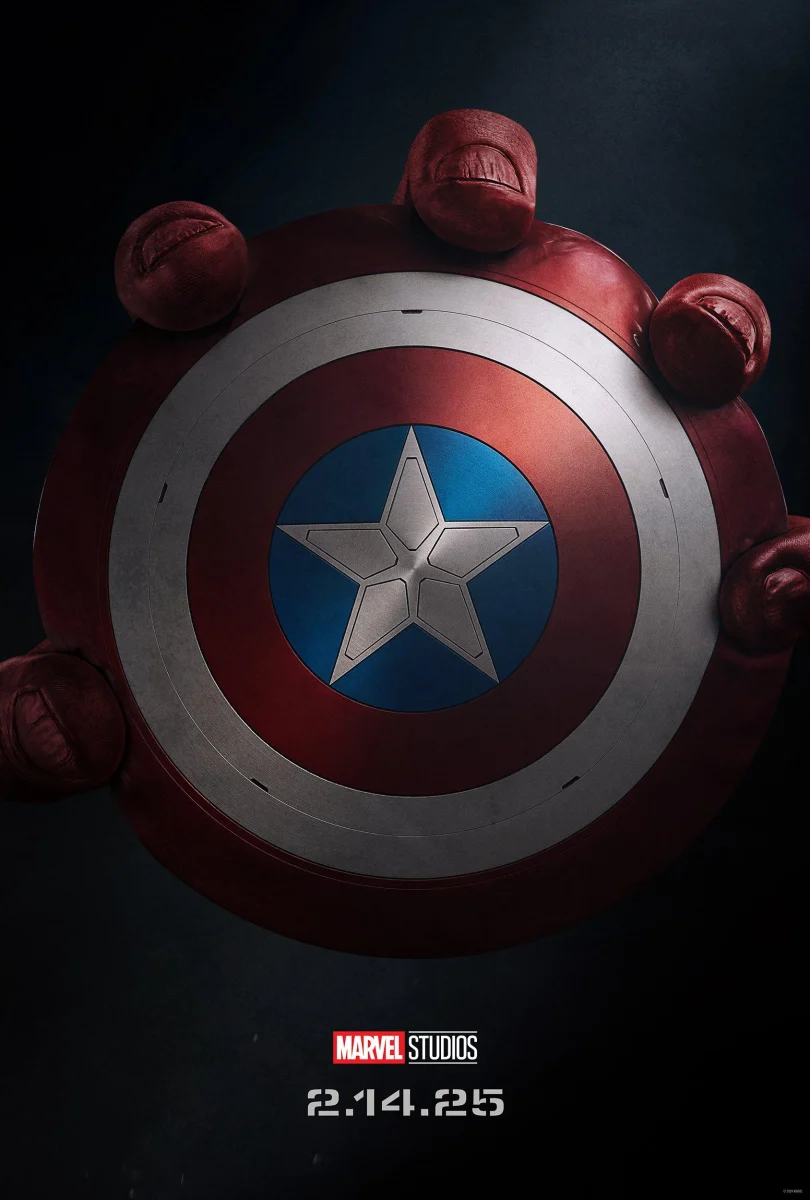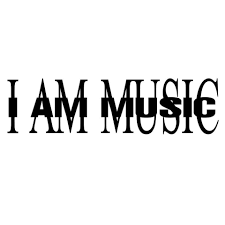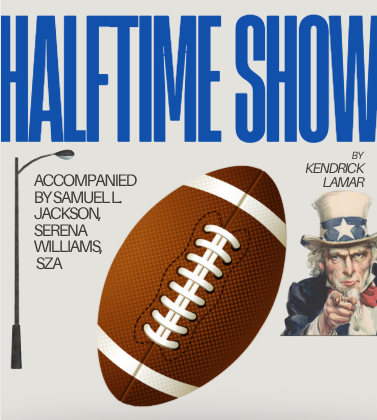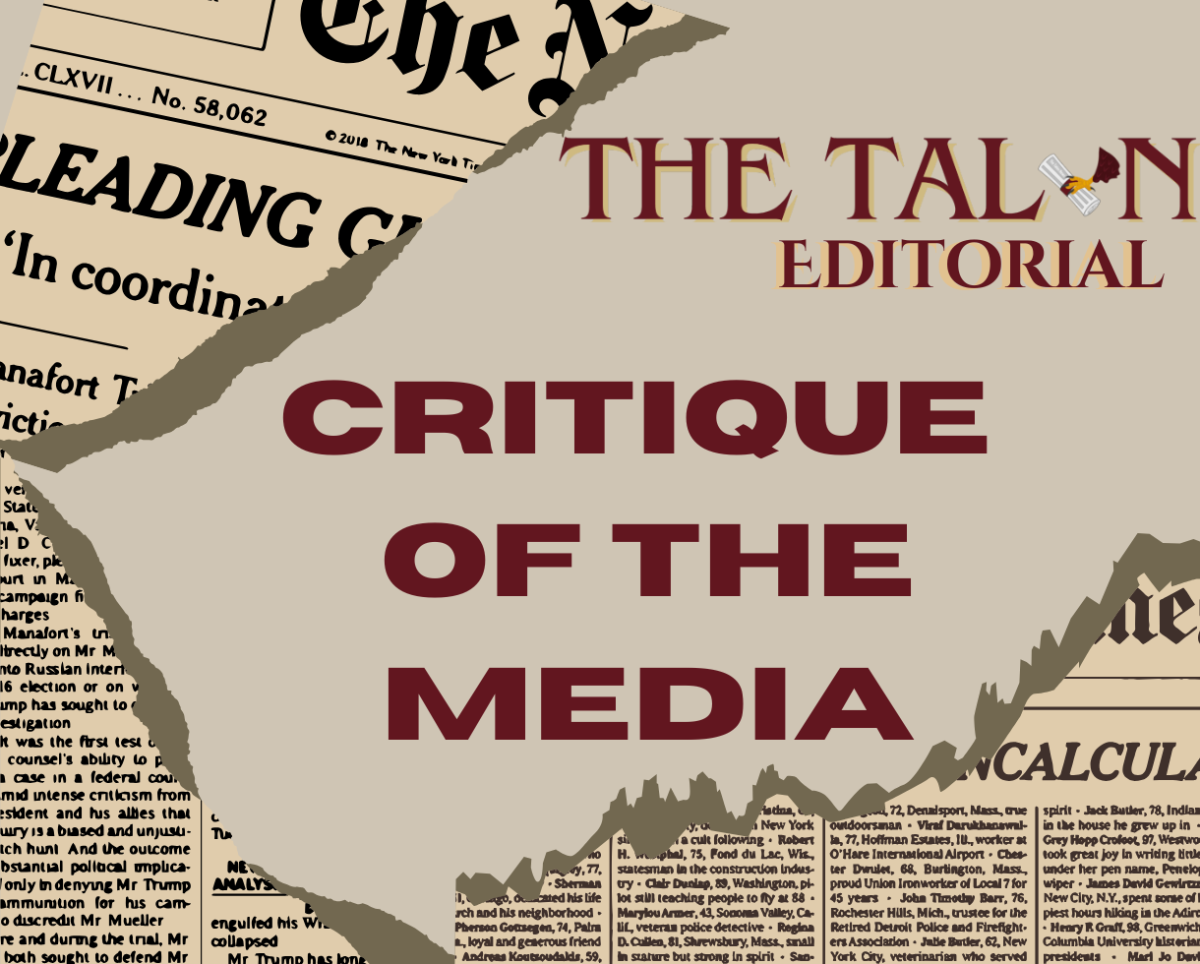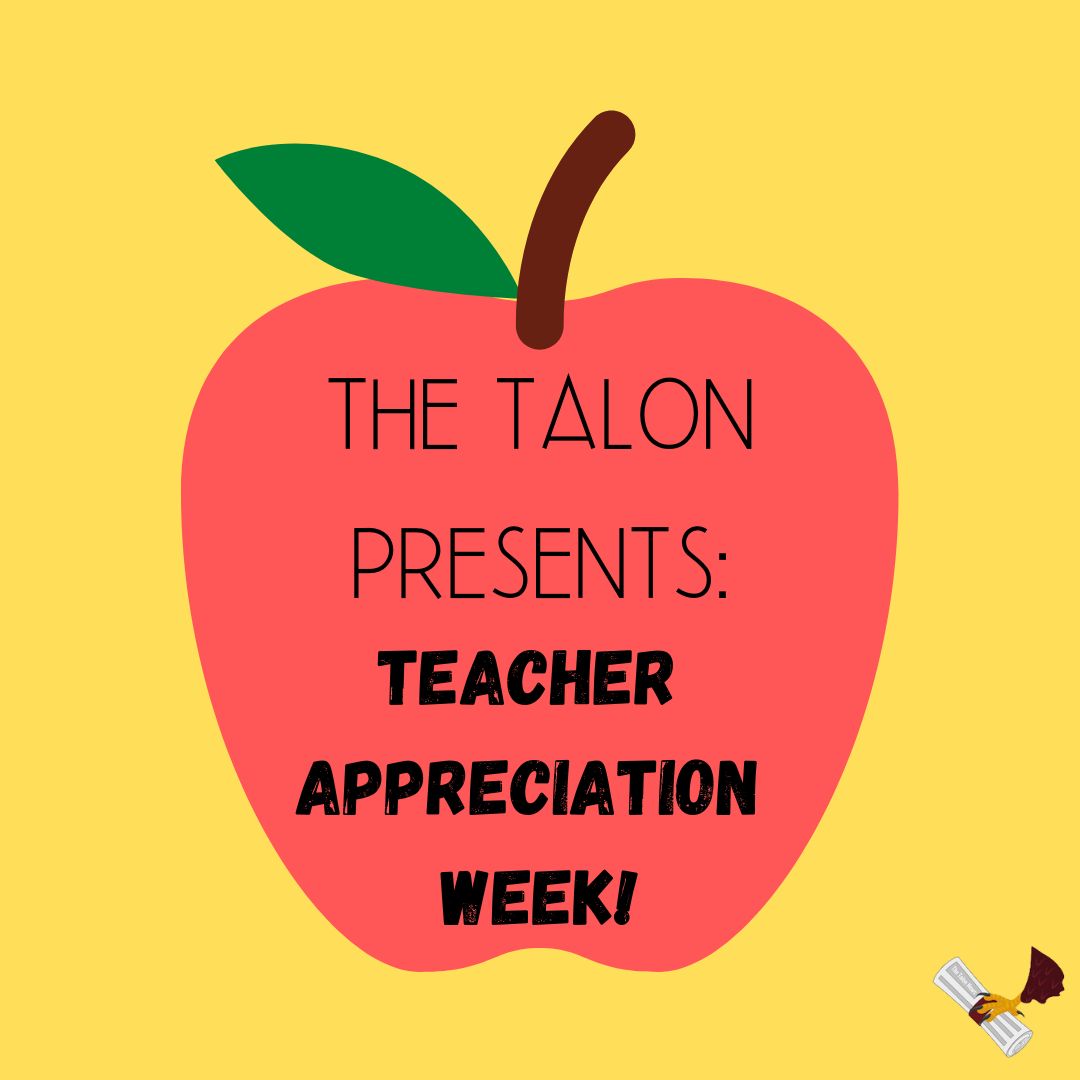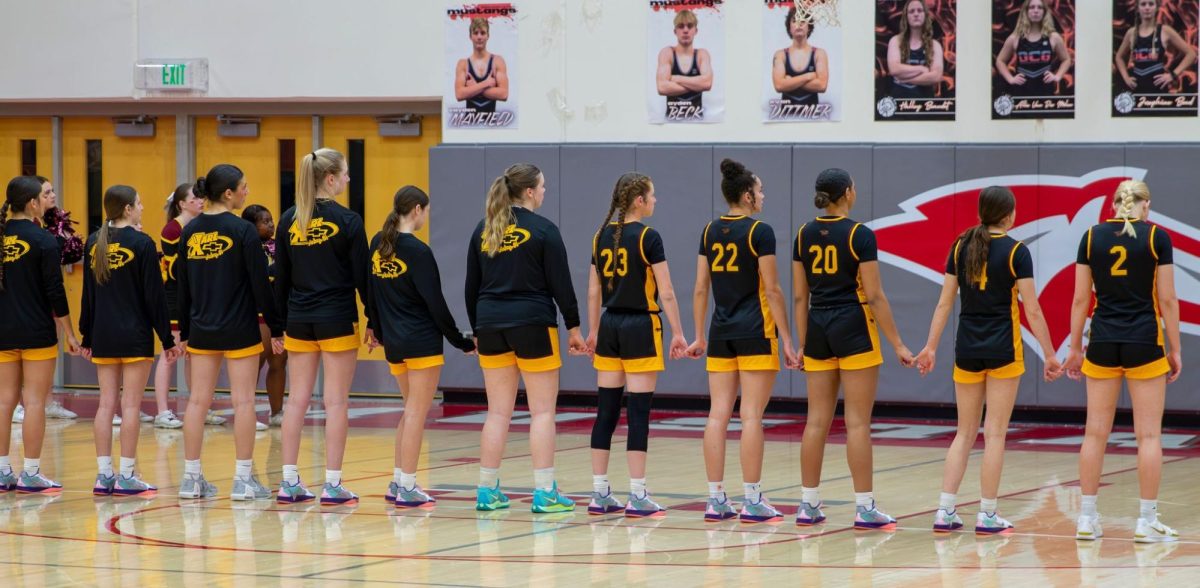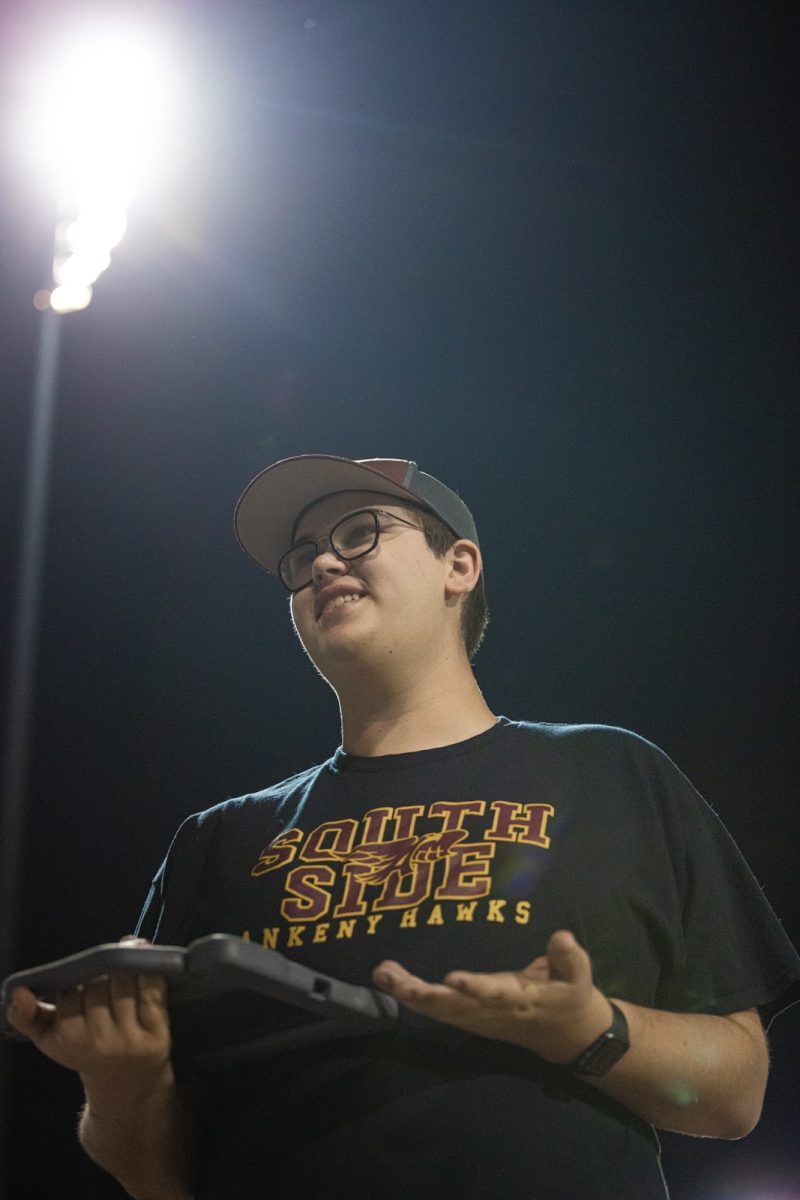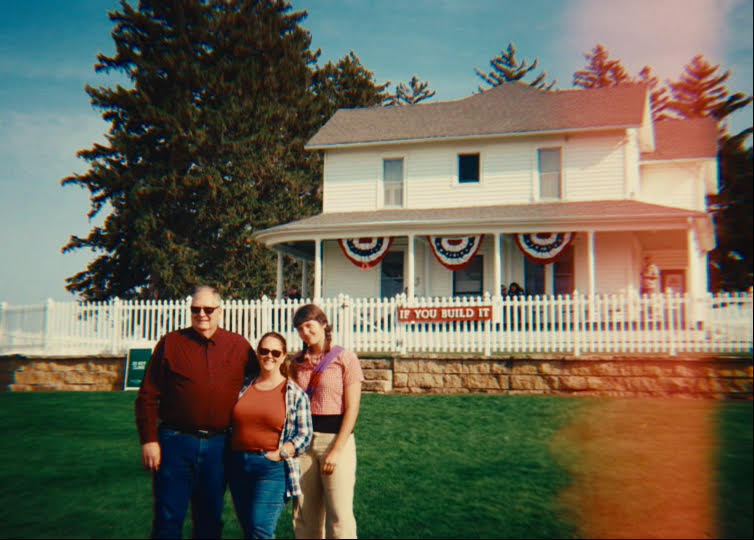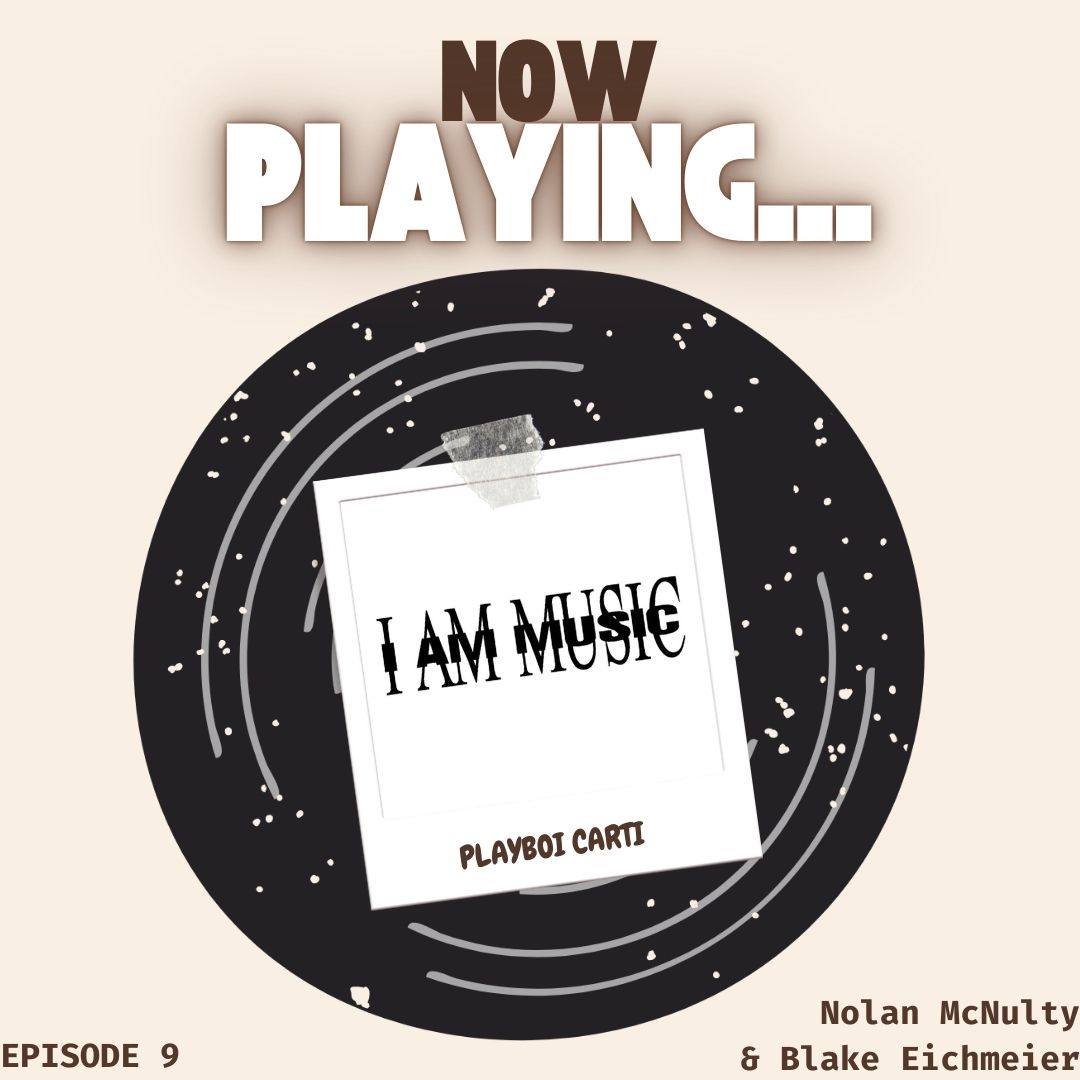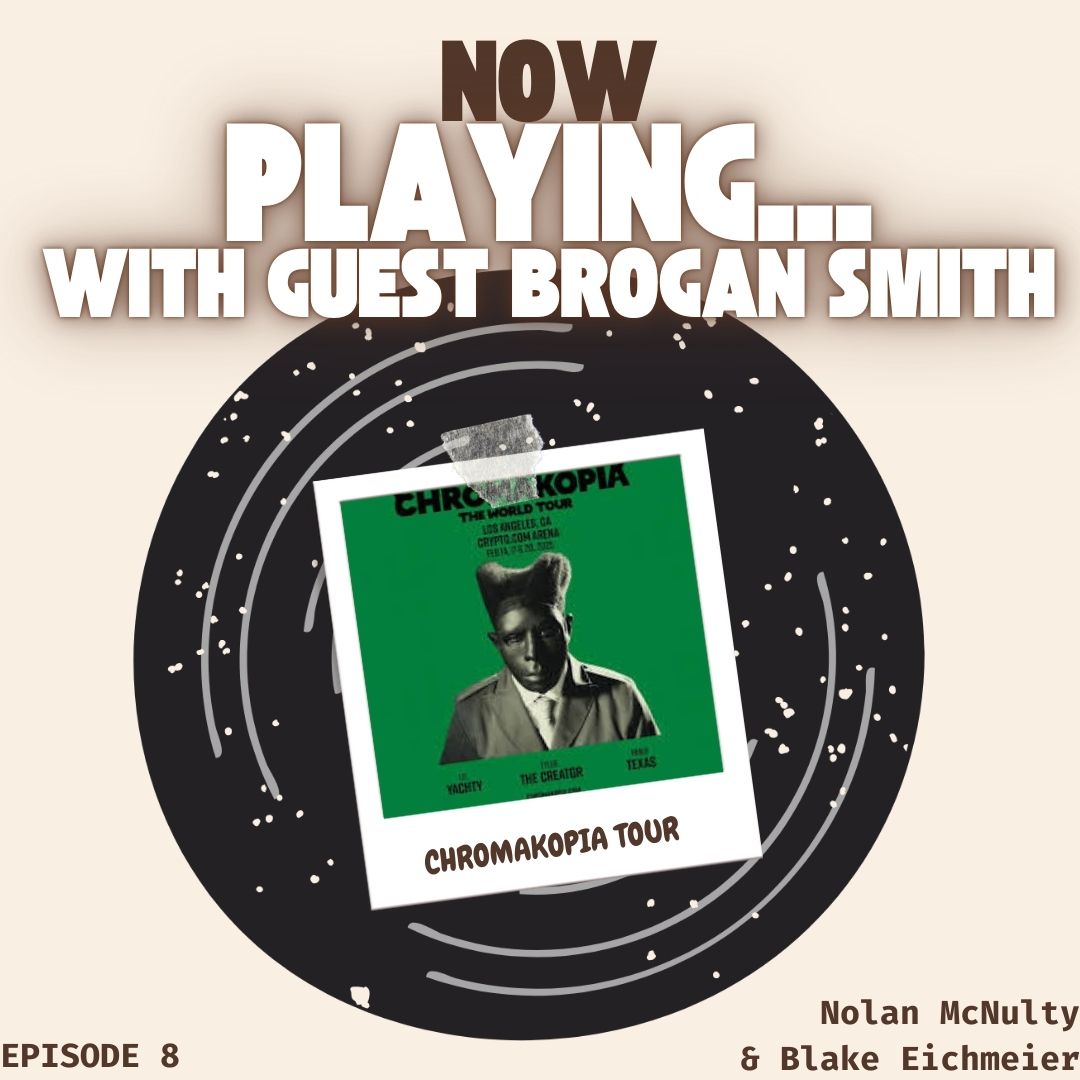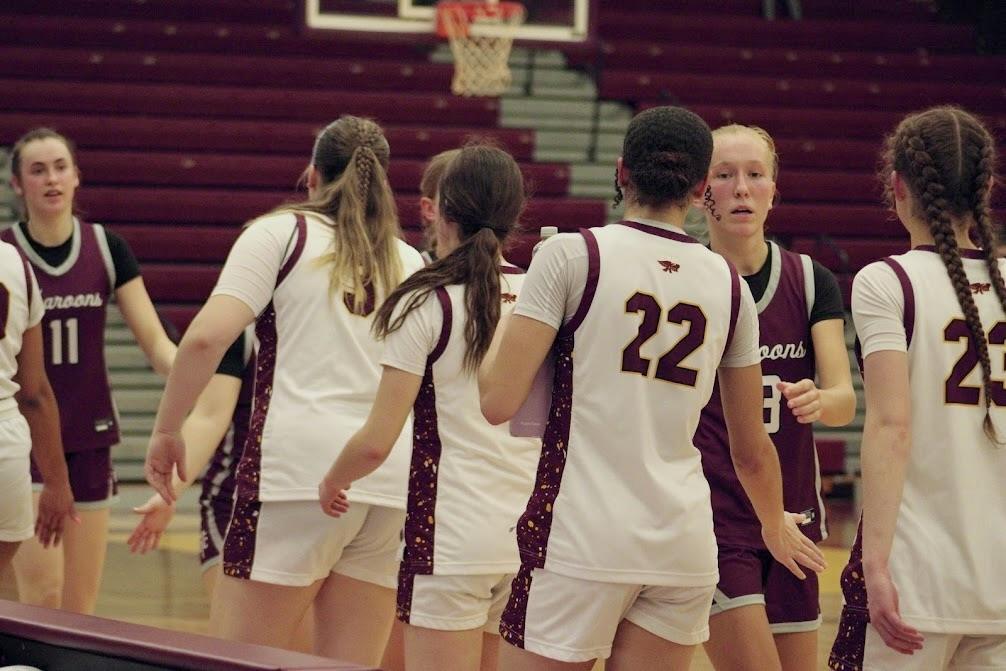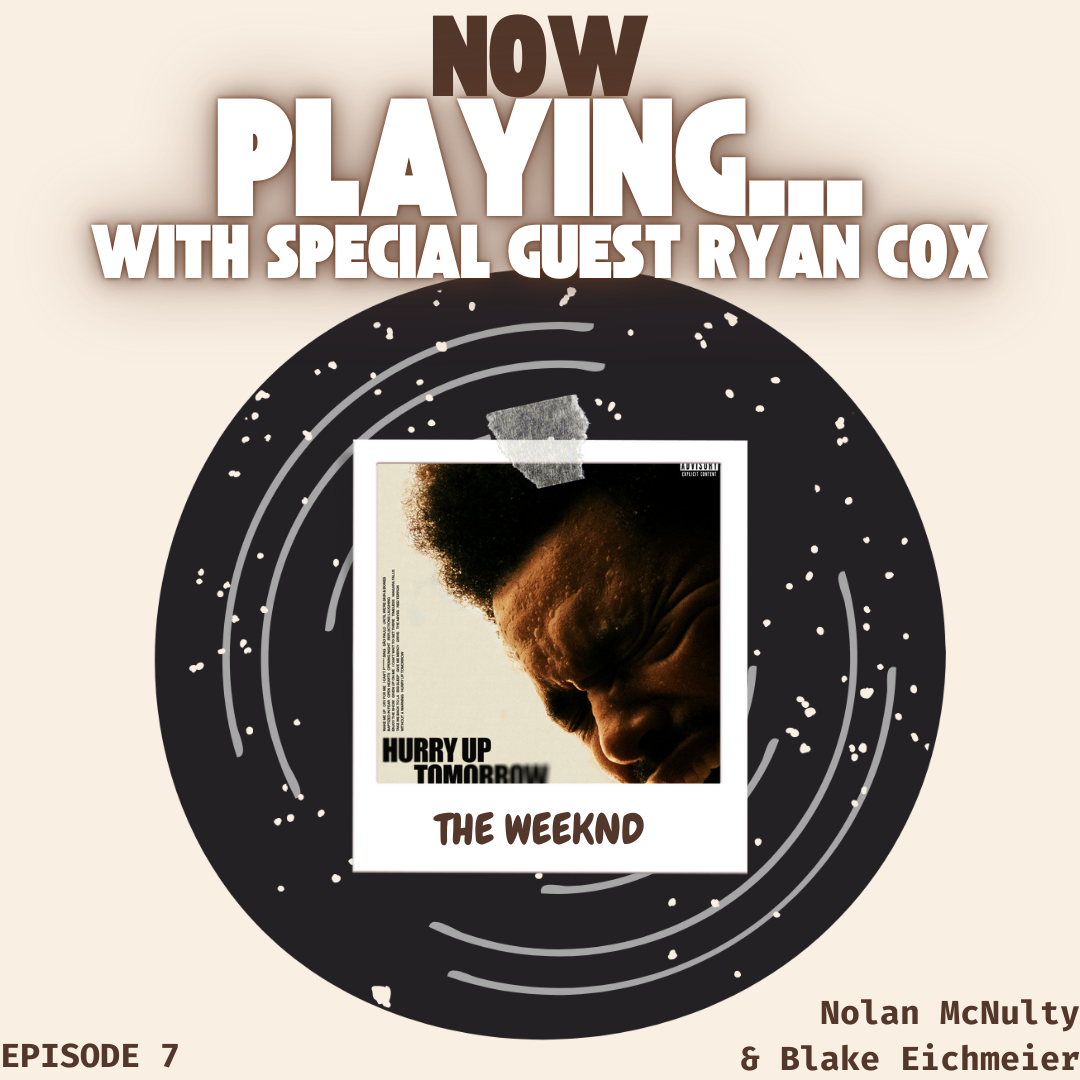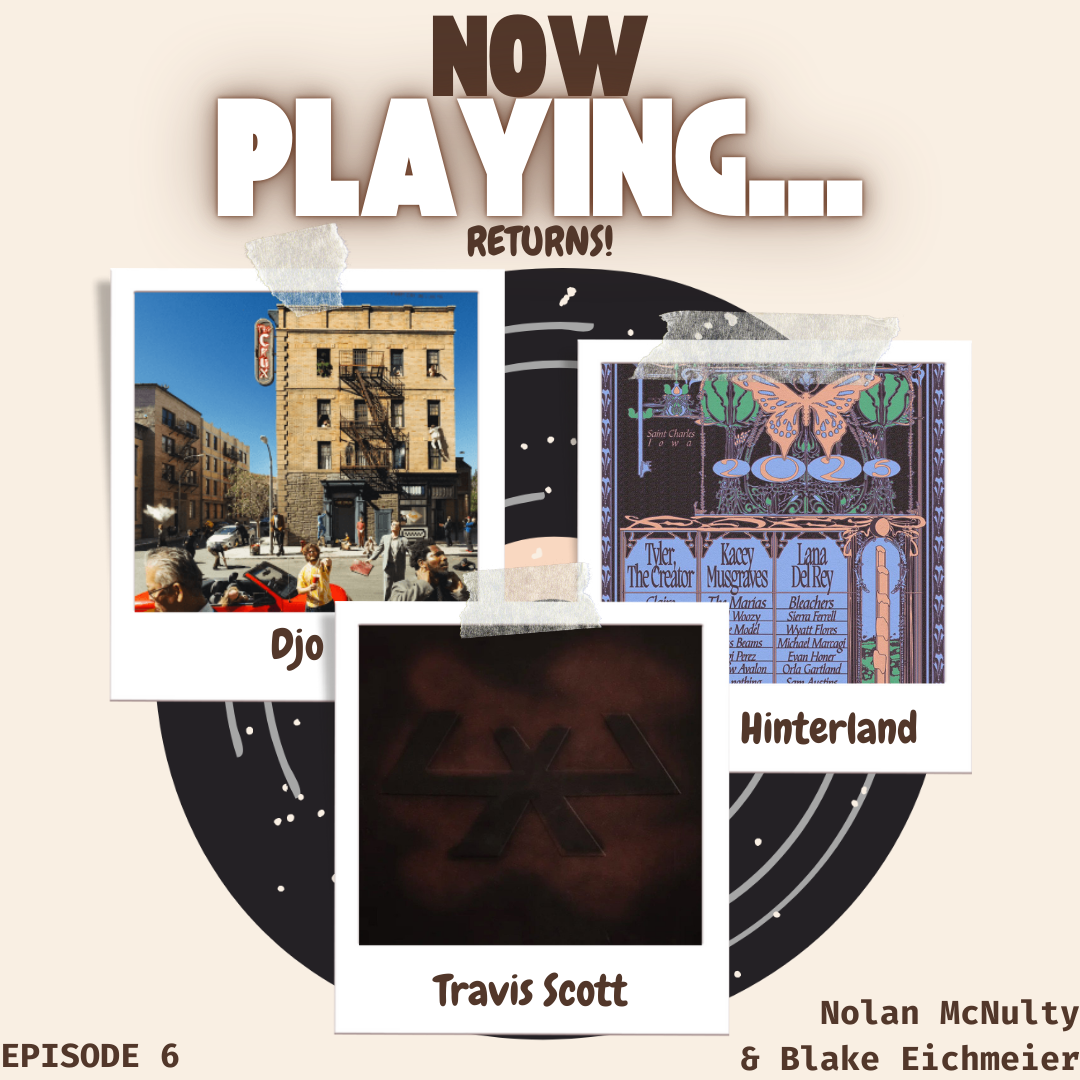Social media trends such as the “Negative Harmony Bohemian Rhapsody” seem to return time and time again, breathing new life into songs. These trends take an older song and make it popular again, through remixes, dances, or television shows, similar to how Stranger Things brought “Running Up That Hill (A Deal With God),” by Kate Bush back into the spotlight to be loved by millions.
Sampling is a technique used in music that is parallel to these social media trends, however, sampling is often seen as lazy and unoriginal.
Sampling is a technique in which a musical artist takes sound from one place and incorporates it into a song. There are infinite possibilities for sampling, as artists have sampled birdsongs, the ocean, tribal drumlines, and even idle chatter from New York subways. The most common form of sampling is when an artist samples parts of preexisting songs.
Many listeners believe that sampling is wrong, as it is just an artist stealing from another, using something that had already been written for their own gain, and avoiding writing new and original tunes. For these listeners, sampling goes against the artistry of music.
However, this thinking assumes sampling is a shortcut to a hit song, while it is more akin to a digital instrument. For example, on the guitar, a musician can develop simple and catchy riffs for a safer hit song, or the guitarist can experiment and create a generational anthem like Led Zepplin’s ” Stairway to Heaven.” The same is true for artists who use samples in their music.
Sampling can transform and fuse older songs into new ones, but the quality depends on the artist behind it. J Dilla, for example, was a Detroit-based composer, rapper, and producer known for his unique sound that revolutionized drum patterns and music as a whole, using an Akai MPC 3000 for the majority of his career.
J Dilla carefully crafted unique and intuitive beats using his MPC 3000, which is currently on display in the National Museum of African American History and Culture. Dilla also reprogrammed his MPC to avoid quantization, which is the process of aligning notes to a grid, correcting rhythmic imperfections, and making sure that every note and beat is on time. Removing quantization allowed Dilla to make his drum loops off slightly off time, and less robotic sounding, pushing hip hop into a completely new direction. He also innovated with his sampling, using countless vocal samples on his album “Donuts.”
Dilla’s samples were chopped and pitch-corrected in unorthodox ways, making the samples sound completely different than the original, sometimes as if the samples were saying different words than the original. This technique is explicitly seen in the second track on “Donuts,” called “Workinonit.” In this song, Dilla sampled “The Worst Band in the World” by 10cc. The line “fade me” in “The Worst Band in the World” seemed to say “save me,” due to Dilla’s masterful chopping techniques, as well as the natural distortion on the record. This line is heartbreaking, especially since the song was written while Dilla was on his deathbed, suffering from a rare blood disease called Thrombotic Thrombocytopenic Purpura (TTP).
Dilla explored countless sampling techniques to perfect his craft and find a way to tell his final story about his fear of his impending death, cleverly using the words of others to artistically express himself.
Sampling also has the unique ability to expose younger generations to older music. These younger listeners hear countless songs that use samples, especially in rap and hip-hop music, which could pique their curiosity and bring them to find the original to listen, allowing the spirit and artistry of the past to live on and repopularize within the youth. Many of the hit songs of today use samples as well, such as “Luther” by Kendrick Lamar and SZA, which samples “If This World Were Mine” by Luther Vandross and Cheryl Lynn, and currently sits at the top of the Billboard Hot 100 as of Feb. 6, 2025.
Sampling is more than an easy way out of writing original music, or some scheme to make as many hit songs as possible. Art comes in many forms, and sampling is one of them. The technique allows for a unique musical identity that still honors its roots if used correctly. Using samples as if they were instruments is an unbelievably valuable skill for producers that can bring their music to new heights.
To other prolific artists such as JPEGMAFIA, sampling is a beautiful form of high art and where his music knowledge stemmed from. While some may not see it, the greatest samplers of the current generation continue to prove the worth of the sampling technique through their incredible music.


